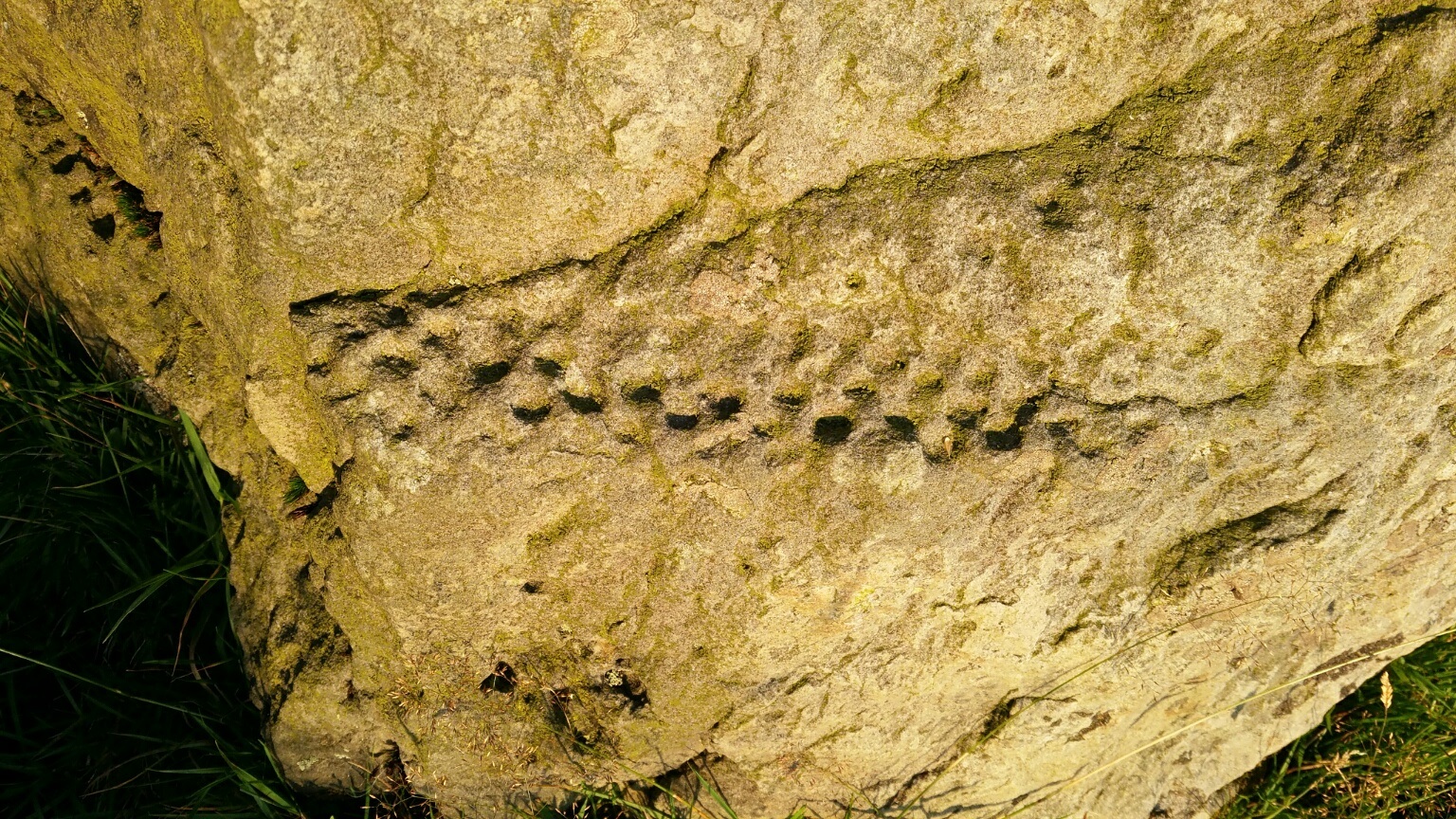Lynx in Kielder
Last week I attended a public consultation meeting hosted by the Lynx Trust for local people in the Kielder area. We have managed a 200 acre farm that abuts directly onto the Kielder forest area for 25 years.
The meeting was a classic example of how not to go about reintroducing a tricky species like the lynx into UK. There was no visual presentation about the lynx, what it looks like and its habits, just a hands in pockets statement of ‘facts’. The local grapevine had stirred up the farming community and the hall was full of farmers. Within minutes people were standing up and pointing fingers and the dialogue became acrimonious. A great way of creating animosity towards a potentially worthy conservation effort! I know many of the farmers who were speaking. These lands were once called ‘the Debatable Lands’. But there was never much debating here, only bloodshed, and many of these farmers are direct descendants of reiving families. The ridge extending past our farm used to house a gallows where summary justice was done and the corpses left on a gibbet. Police, politicians and la
wyers have little influence in these areas and it is essential to have the support of the locals.The farmers of course are concerned about their sheep. The Lynx Trust argued that Lynx live in forest and do not come out into the open. But many farms are actually inside the forest and there is not always a clear distinction in habitat. It was not helped by the escape of a captive lynx in Devon last month, which apparently killed several sheep. Of course such an animal had no experience in the wild, nor forest habitat to live in. Humans tend to judge other species by the utilitarian argument – what use is it to us, and how detrimental could it be? Very few people are prepared to argue that other species should be encouraged to co-exist on this little planet of ours, and the human species always relentlessly takes precedent.
Personally I think you could release 30 or more wild-caught lynx into Kielder and hardly one would be seen again. They might do something to stabilise roe deer numbers. The Lynx Trust claim it would be a major boost for ecotourism, even though few would ever be seen. But perhaps the first step might be to hold some lynx in a large natural enclosure and let people start to become acquainted with them. It is hard to ‘sell’ a product when people have only a hazy notion of what you are talking about. I found a similar situation in Wales where some of the farmers I approached did not realise that beavers are now extinct in Wales.
Farming is in an economic hole. While the government has ‘guaranteed’ Pillar One funding for basic farm payments for the next three years, it has given no such guarantee for Pillar Two funding which provides for the environment. Both the National Trust and the Council for the Protection of Rural England have called for cuts in support for agriculture in favour of the environment. Meanwhile Natural England has just had a budget cut and has a limited capability. These upland farms are in Severely Disadvantaged Areas and many are dependent on Higher Level Stewardship Schemes. Lamb prices are not too bad at the moment but the profit margins are pitiful. We have to comply with traceability schemes, double ear tagging, movement recording and so on and yet we have no controls on the fate of our sheep in the abattoir. Apparently large numbers of sheep have their throats cut for halal killing following barbaric and medieval religious practices and we have no assurance that our sheep meet a humane death. In the circumstances not many farmers have much sympathy for wildlife conservation.
There are moves afoot to reintroduce Water Voles into Kielder, although we still have some on our side. Also to reintroduce pine martens with the hope they may control grey squirrels in favour of the reds. The Kielder has a lot of swampy areas and small willow and birch-lined burns that could support beavers without impacting on commercial forestry operations. It would be nice to see Kielder become to some extent re-wilded, but just how far remains to be seen. What time baseline should be aimed at? A thousand years ago? More? I was out on our back fell this evening on one of the limestone ridges. I don’t know how old they are, but many of the rocks bear the imprint of tree ferns. Imagine the landscape covered in dense tree fern forests, inhabited by rhinos and sabre-toothed tigers. Now that would be something wouldn’t it?

Fossilised Tree Fern
Nick